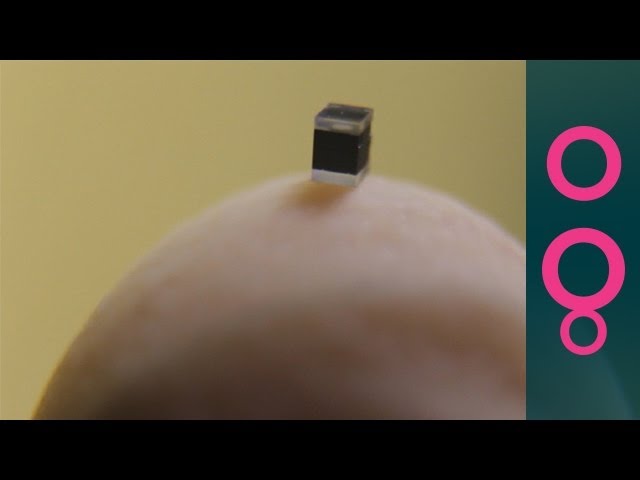Atomic clocks have revolutionized our understanding and measurement of time, introducing levels of precision that were once thought unattainable. These sophisticated timekeeping devices have been instrumental in numerous scientific and technological advancements, including satellite navigation systems, telecommunications, and fundamental physics research. To better appreciate the capabilities of atomic clocks, it is essential to explore the smallest time unit they measure and how this metric influences various disciplines.
At the crux of the operation of atomic clocks is the phenomenon of atomic resonance. Atomic clocks function based on the vibrations of atoms, typically cesium or rubidium, which oscillate at specific frequencies. This oscillation is so regular and predictable that it serves as a perfect standard for measuring time. A cesium atomic clock, for instance, is defined by its measurement of the oscillation frequency of cesium-133 atoms, which resonates precisely 9,192,631,770 times per second. This corresponds to one second in the International System of Units (SI). Thus, it logically follows that if we divide this time period, we can determine increasingly smaller units of time.
Atomic clocks can thus measure time down to the nanosecond, which is one billionth of a second. However, the advancements in technology have enabled the exploration of even smaller increments. The femtosecond, a measurement that equals one quadrillionth of a second, is becoming increasingly relevant in scientific research, especially in the fields of quantum mechanics and atomic, molecular, and optical physics. The ability of atomic clocks to capture phenomena on this scale has opened new avenues for exploration, leading to a deeper understanding of light-matter interactions.
When considering the smallest time measurement provided by state-of-the-art atomic clocks, we must delve into the realm of zeptometers. An astonishing feat demonstrated by certain experimental setups has shown that time intervals can be resolved to the zeptosecond level (10-21 seconds). These measurements are essential for probing atomic-scale events, such as electron dynamics and chemical reactions. The realization of such astounding precision has profound implications for the understanding of fundamental physical processes governing the universe.
The technological leap towards measuring time on this unprecedented scale relies heavily on laser cooling and trapping techniques. Attempts to stabilize and accurately measure the oscillations of highly energetic states of atoms have yielded significant advancements. By employing tightly focused laser beams, researchers can slow down atomic motion, thereby enhancing the measurement accuracy. This synergy between advanced laser technologies and atomic physics culminates in the capability to measure time with exceptional granularity.
In addition to showcasing the capabilities of atomic clocks, it is essential to discuss the applications that arise from these precise time measurements. In telecommunications, accurate timekeeping directly impacts data synchronization across networks. The Global Positioning System (GPS), which enables precise location tracking, is highly reliant on atomic clocks to ensure timing accuracy between satellites and receivers on Earth. Without the fundamental advancements in time measurement made possible by atomic clocks, the communications and navigation systems we depend upon would not achieve their requisite precision.
Research and development in quantum computing also benefit from advancements in atomic time measurement. Quantum computers, by their nature, manipulate quantum bits (qubits) that can exist in multiple states simultaneously. The synchronization of these qubits hinges upon ultra-precise timekeeping, enabling efficient processing and information transfer. High-performance atomic clocks thus serve as crucial components of these advanced computational frameworks, driving the future of technology.
In the natural sciences, experiments exploring phenomena like matter-wave coherence, ultrafast chemical reactions, and particle interactions have all leveraged atomic clocks’ high precision. For instance, the fine structure constant—a critical parameter in quantum electrodynamics—can be investigated using zeptosecond measurement techniques, yielding insights into the fundamental workings of the universe.
As atomic clock technology continues to advance, the horizons of time measurement expand. With the advent of optical lattice clocks and advancements in quantum technology, researchers are pushing toward even more refined measurement techniques, potentially probing time intervals at the attosecond (10-18 seconds) scale. These innovations imply a new era in the meticulous study of physical phenomena, as well as burgeoning fields like temporal imaging, where the time it takes light to traverse various mediums can be visually represented in real-time.
The exploration of the smallest time unit measured by atomic clocks reveals not only the remarkable precision achievable within physics but also the multidimensional impact on technology and scientific inquiry. As researchers continue to refine these methods, the potential for groundbreaking applications in multiple fields demonstrates unbounded promise. The intersection of atomic physics with cutting-edge technology promises to reshape our understanding of time and its measurement, paving the way for discoveries we have yet to imagine.












